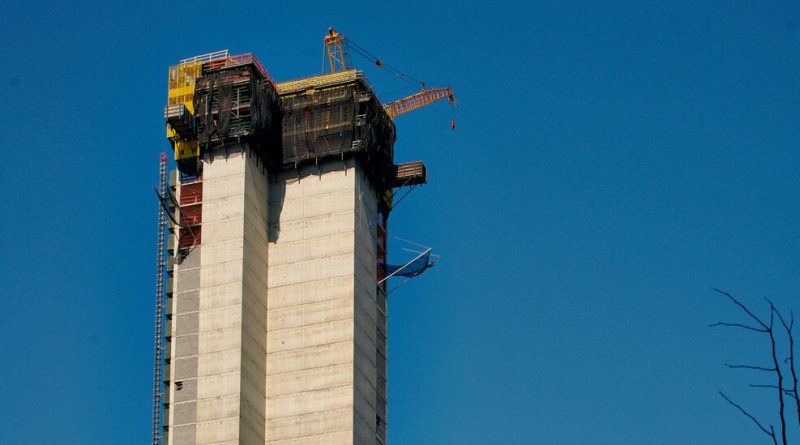Concerns Grow as Tighter Lending Threatens Commercial Real Estate
The turmoil that drove Silicon Valley Bank and Signature Bank out of business last month, rocking the wider banking sector, has analysts bracing for the next possible crisis: the $20 trillion commercial real estate market.
The bank failures brought new scrutiny to other regional banks, which provide the bulk of commercial real estate loans. Those loans are then repackaged into complex financial products for investors in wider markets. And the outlook for the industry appears stark, market watchers say.
Commercial real estate, the lifeblood of the lending business for regional banks, now “faces a huge hurdle,” Lisa Shalett, chief investment officer at Morgan Stanley Wealth Management, warned investors in a note this week, adding to a growing chorus that has been expressing concerns about the industry’s looming challenges. Critics say the sector is precarious thanks to a potentially toxic cocktail of postpandemic office vacancies, rising interest rates and a mass refinancing of mortgages that lies ahead.
Cities across the United States had been experiencing a plunge in demand for office space that accelerated during the height of the pandemic, and many were still struggling to bounce back, according to the National Association of Realtors, a trade group. The bigger the city, the larger the decline, which has added up to a 12 percent office vacancy rate in the United States, from 9.5 percent in 2019, the industry group reported in February.
“Remote and hybrid work, layoffs and higher interest rates further increased office space availability in the market,” the group wrote.
The debt on those office buildings will soon come due, whether or not the spaces are full. More than half of the $2.9 trillion in commercial mortgages will need to be renegotiated by the end of 2025. Local and regional banks are on the hook for most of those loans — nearly 70 percent, according to estimates from Bank of America and Goldman Sachs.
And interest rates are expected to continue to rise as much as 4.5 percentage points, according to Morgan Stanley. That debt load will weigh on businesses as low occupancy rates put pressure on property values.
The effect is likely to put a chill on lending, experts say, which will make it harder for developers to borrow money to build shopping malls and office towers and could spill over into wider markets.
“We are reluctant to declare ‘all clear’ on recent regional banking stress,” Candace Browning, who heads global research at Bank of America, wrote in a note this week. In a sign of market uncertainty, the Federal Deposit Insurance Corporation, which took control of Signature Bank last month, is still searching for a buyer for the bank’s $60 billion loan portfolio, which comprises primarily commercial real estate loans.
The economic impact is vast. Even as it struggled with the effects of pandemic restrictions, commercial real estate — which includes office buildings, shopping malls and warehouses — contributed $2.3 trillion to the U.S. economy last year, an industry association calculated.
Critics say that, with parts of the banking sector so fragile, the Federal Reserve should rethink its aggressive monetary policy, which has included nine interest rate increases since March 2022. The high price of refinancing commercial real estate loans in coming years will “likely lead to the next major crisis,” the Kobeissi Letter, a newsletter that covers the economy and markets, wrote on Twitter last week, adding that “the Fed plays a major role.”
So far, the Fed is unswayed: At least one more rate increase is in the cards this year.
Still, the criticism is not limited to the central bank; poor risk management was also to blame, some say. Silicon Valley Bank, for example, ignored warnings from bank regulators. The bank was invested in government bonds that would have been more valuable if they were held to maturity — but when clients began withdrawing funds rapidly, the bank was forced to sell those assets at a reduced value to meet the demand for cash.
Silicon Valley Bank was not alone in its approach. A National Bureau of Economic Research paper that tracked bank asset values as interest rates rose last year found that banks across the country hold a total market value that is $2 trillion lower than what’s reflected on their books. This suggests that many banks are already taking unnecessary risks and may struggle as economic conditions tighten, said Amit Seru, a professor at Stanford Business School and one of the paper’s researchers.
Mr. Seru did not blame the Fed, however, saying it had “no choice but to raise rates” to tackle inflation, though he admitted the central bank did make a “complex situation more complex.”
Source: Read Full Article



